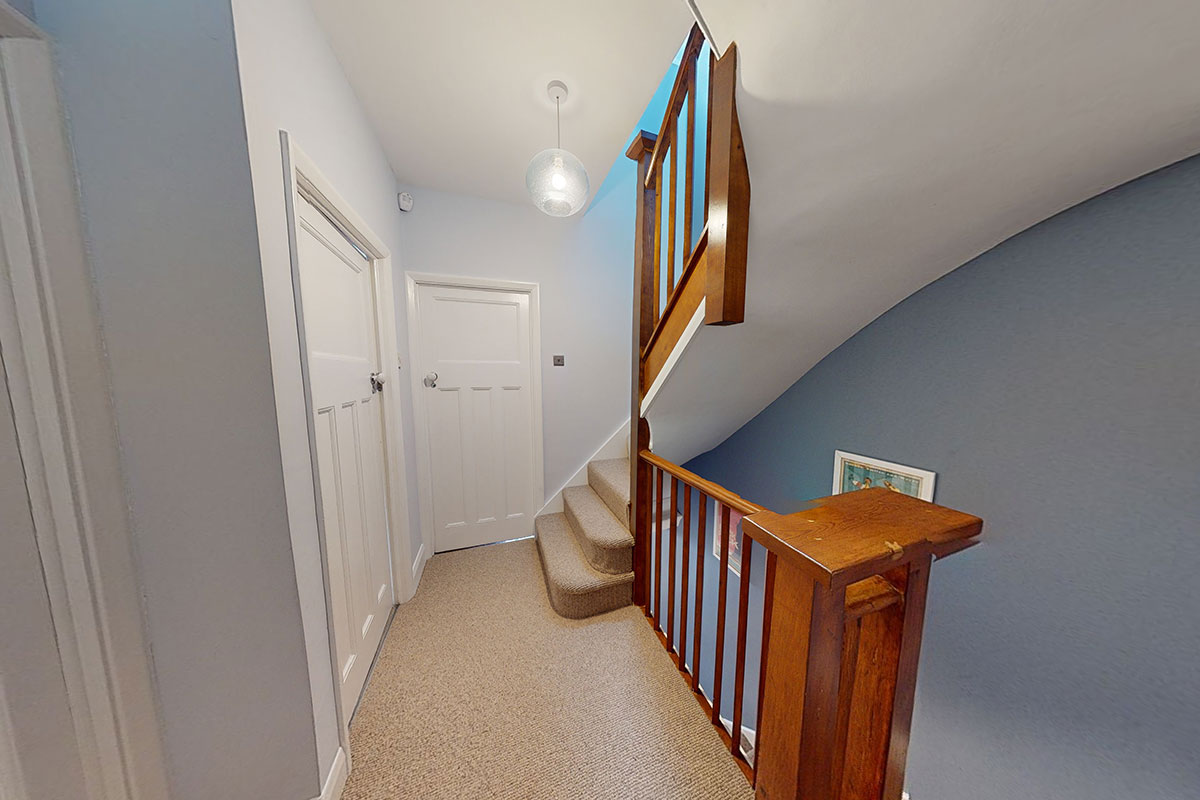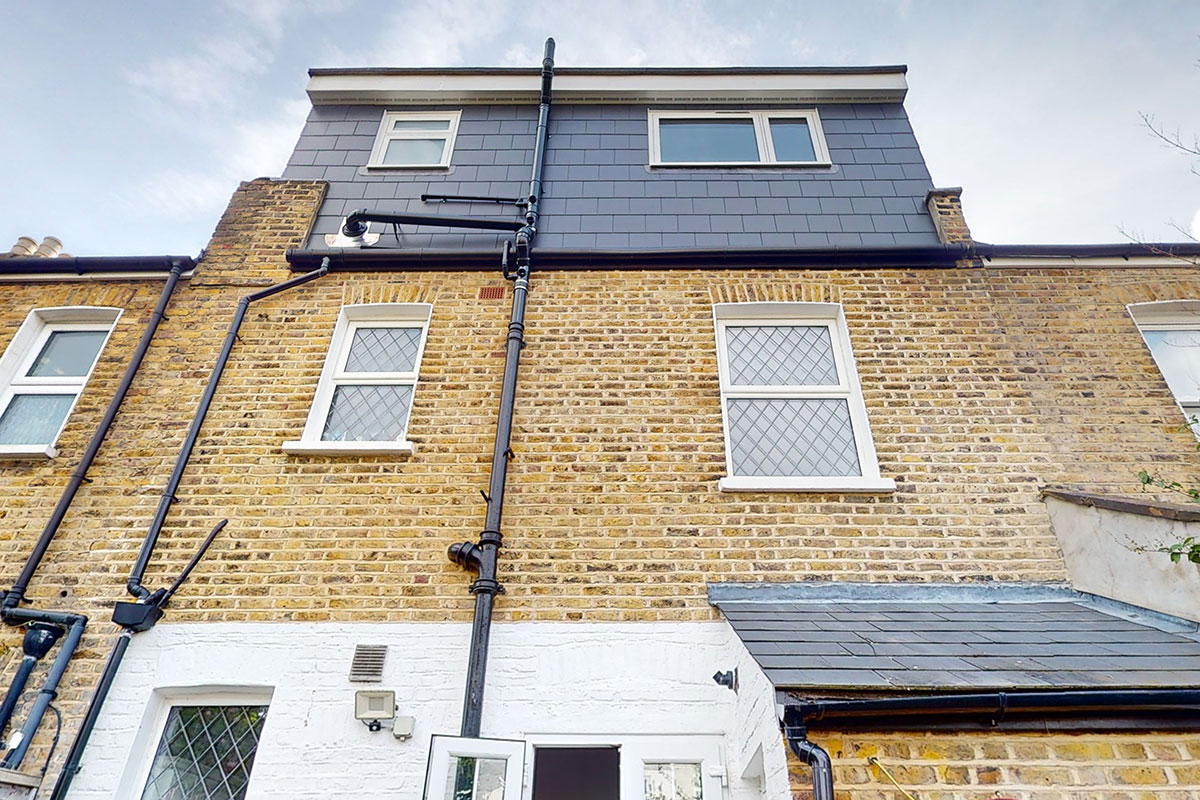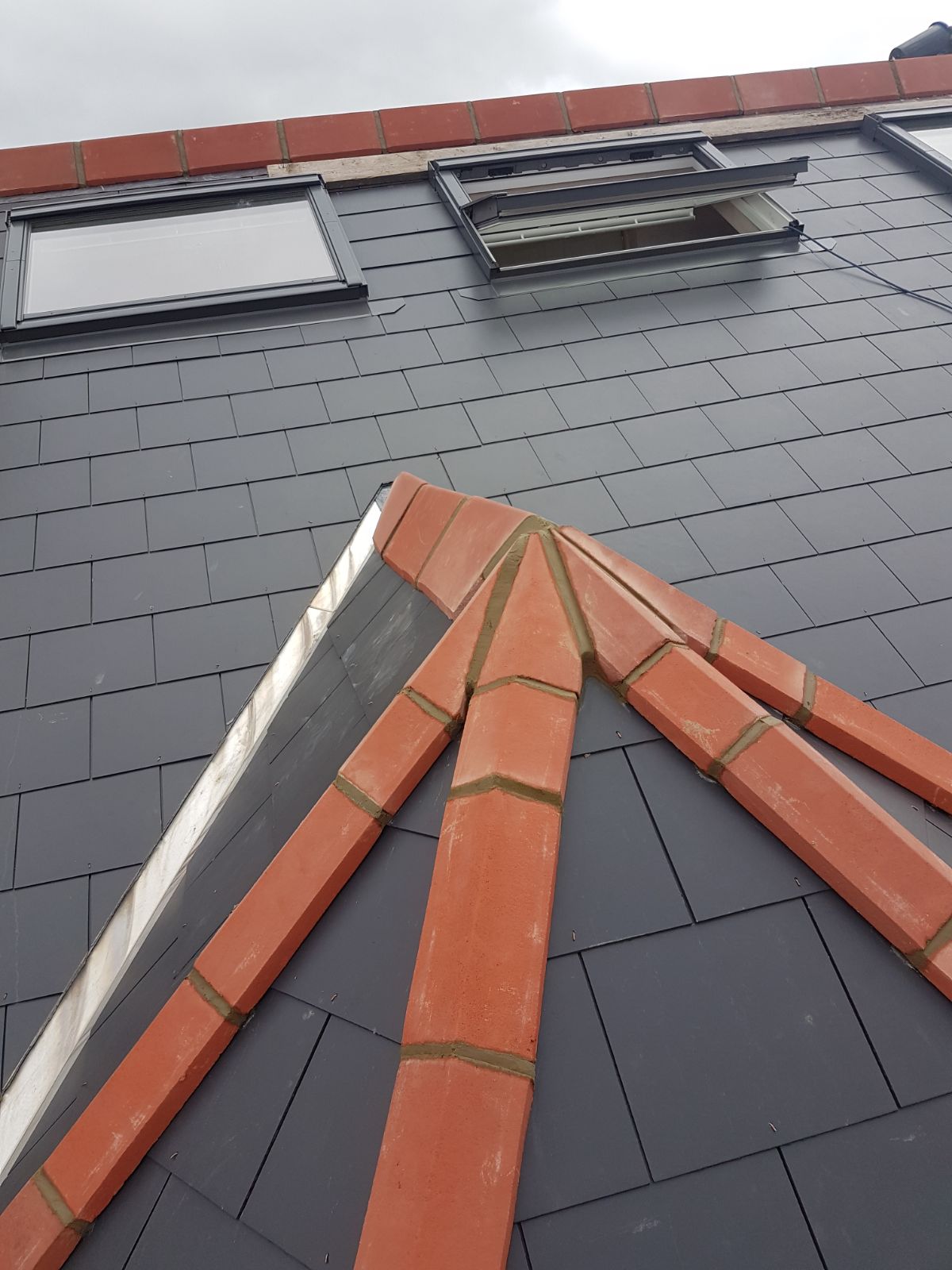Party Wall Agreements
Navigating the Party Wall etc. Act 1996 for Loft Conversions
Welcome to CS Lofts, where we specialise in transforming loft spaces into beautiful, functional areas that enhance your home’s value and your quality of life. One critical aspect of loft conversions that homeowners often overlook is understanding the Party Wall etc.
Act 1996. This guide aims to demystify the Act, explaining its relevance to loft conversions and when a party wall agreement is necessary. As always, CS Lofts is here to ensure your project proceeds smoothly, backed by our expertise and attention to detail.
Understanding the Party Wall etc. Act 1996
The Party Wall etc. Act 1996 is designed to prevent and resolve disputes between neighbours over building works to shared walls, boundaries, and excavations near adjoining properties. For loft conversions, this often comes into play if your project involves structural changes to a party wall—the wall you share with your neighbour.


When is a Party Wall Agreement Needed?
A party wall agreement, or party wall award, is a legal document that outlines the work to be done, how and when it will be carried out, and safeguards to protect adjoining properties. However, it’s important to note that not all loft conversions require work on a party wall.
If your loft conversion plans do not involve altering or cutting into the party wall, you may not need a party wall agreement. For example, if your loft conversion only involves internal modifications or adding a dormer window that does not impact the party wall, you can typically proceed without this agreement.
Nevertheless, it is always wise to consult with a professional to determine if your specific project will necessitate a party wall agreement.
The Process of Obtaining a Party Wall Agreement
If your loft conversion does require work on the party wall, here’s what to expect in the process of obtaining a party wall agreement:
1. Notify Your Neighbours: You must give written notice to your neighbours at least two months before starting any work on the party wall. This notice should include detailed plans and descriptions of the proposed work.
2. Neighbour’s Response: Your neighbours have 14 days to respond. They can consent to the work, request modifications, or dissent. If they consent or do not respond within 14 days, you are free to proceed.
3. Surveyor Appointment: If your neighbour dissents, both parties must appoint a surveyor. You can each appoint your own surveyor, or agree on a single surveyor to act impartially for both parties.
4. Party Wall Award: The surveyor(s) will then prepare a party wall award. This document outlines the work to be done, conditions, and measures to protect both properties. It also includes a schedule of condition to record the state of the adjoining property before work begins.
5. Work Commencement: Once the party wall award is agreed upon and served, you can commence the loft conversion work as outlined in the agreement.


Why Choose CS Lofts?
At CS Lofts, we pride ourselves on our comprehensive knowledge of the Party Wall etc. Act 1996 and our ability to guide you through every step of the process. Our team of experts ensures all necessary legalities are handled professionally, allowing you to focus on the exciting aspects of your loft conversion project. Whether your project requires a party wall agreement or not, we are here to provide expert advice and support.
Get Started with CS Lofts Today
Transforming your loft space is a significant investment, and at CS Lofts, we are committed to making the process as seamless and stress-free as possible. Contact us today to schedule a consultation and begin your loft conversion journey with confidence.
For more detailed information on the Party Wall etc. Act 1996, you can visit the UK Government’s official guidance.
